This is where the bypass valve comes into play. The bypass valve allows oil to bypass the filter if it is clogged. This prevents the collapse of the filter, but the oil itself is no longer filtered.
A check valve or anti-drain valve prevents oil from draining or pumping back into the oil pan. In some cases, a check valve prevents the oil level in valve train components from dropping when the engine is turned off. This can help to prevent dry starts and bearing damage.
The main advantage of a filter cartridge is that the manufacturer’s valve system remains unchanged, and the cartridge itself is noticeably cheaper. Cartridge filters are also more environmentally friendly due to their ease of recycling and/or disposal as compared to filters with enclosures.
In most cases, a cartridge filter is installed in a vertical position. In this case, the filter can usually be opened and inspected without the need to drain the engine oil. This gives you an easy way to check for impurities, debris or other problems with your engine oil.
In terms of performance, both cartridge filters and oil filters with enclosures provide equally high filtration efficiency.
But cartridges have a drawback, since such filters are more difficult to replace, as in addition to the filter itself, the O-rings are also replaced. And the installation location is often in a hard-to-reach place.

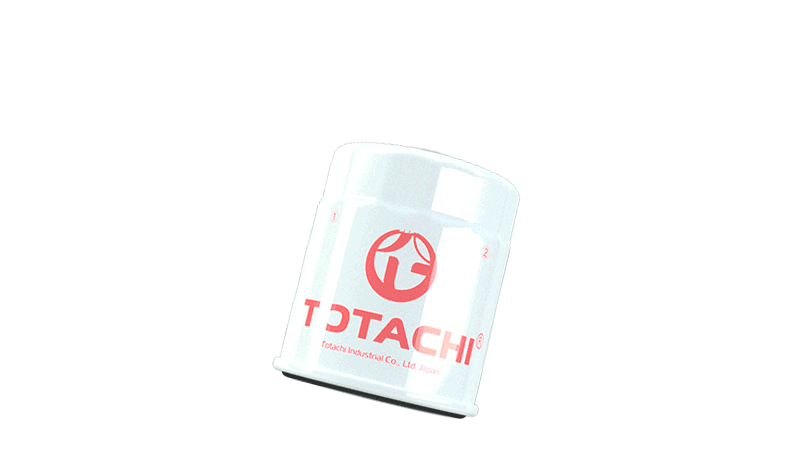







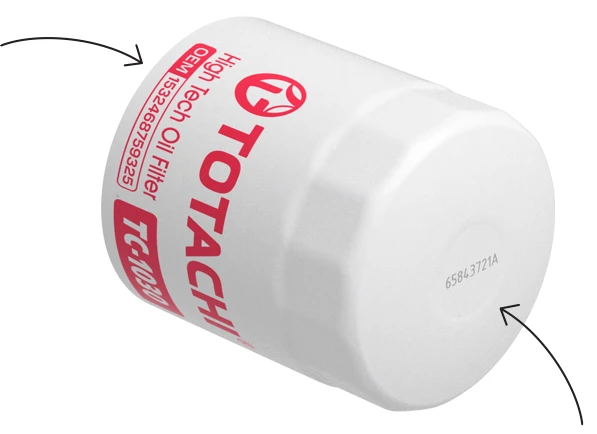
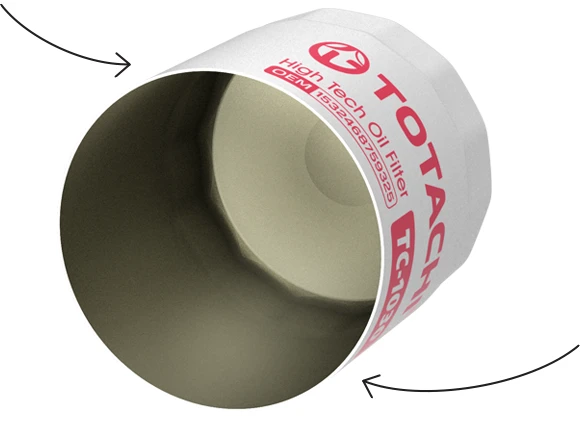
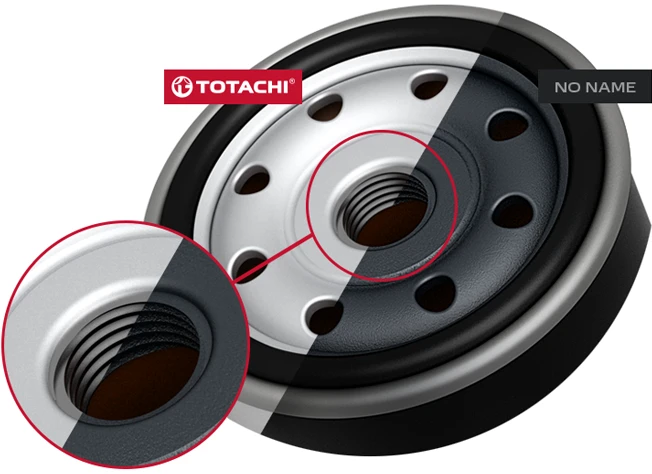

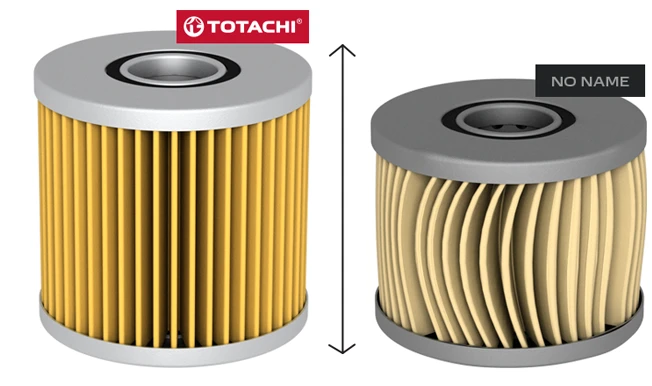
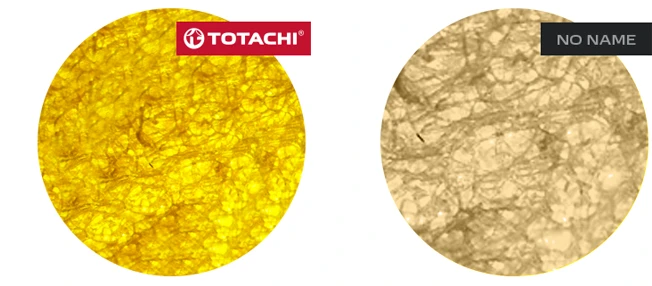
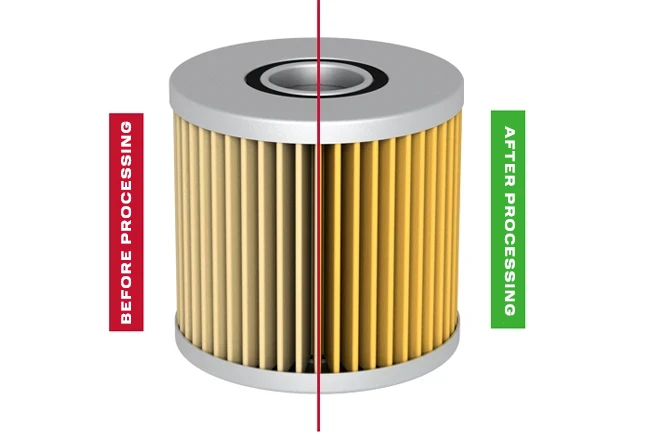
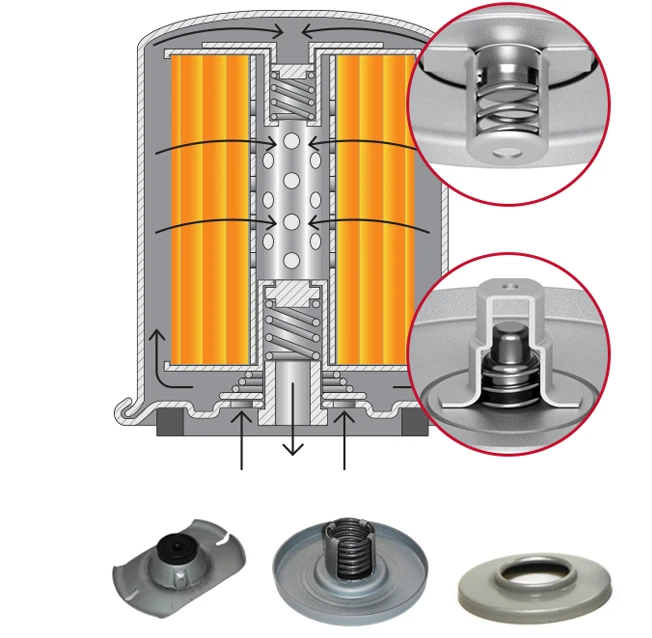

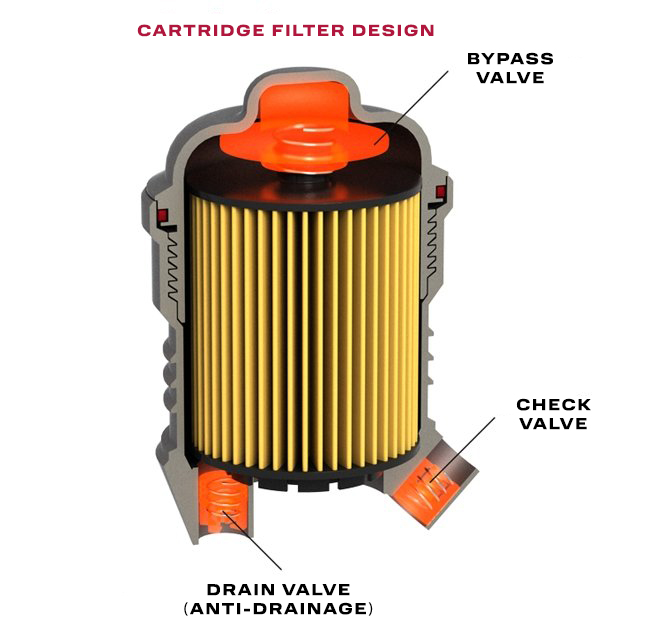
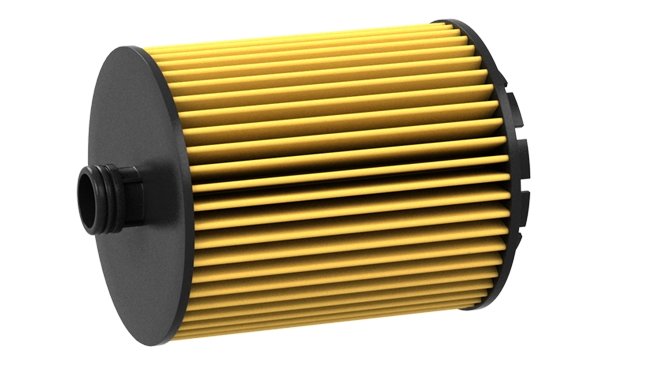


 FIND OR SELECT A FILTER
FIND OR SELECT A FILTER








